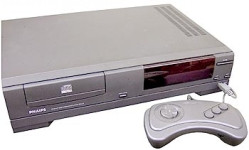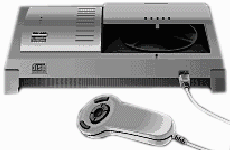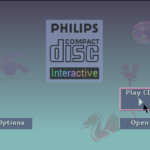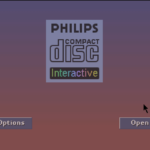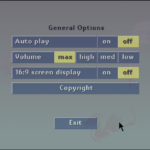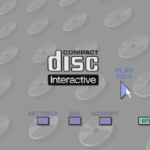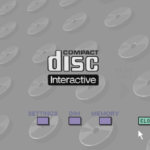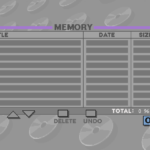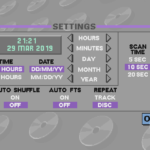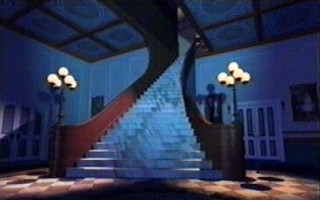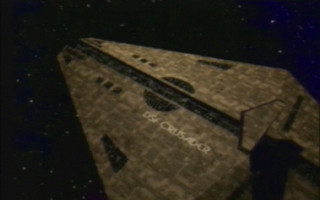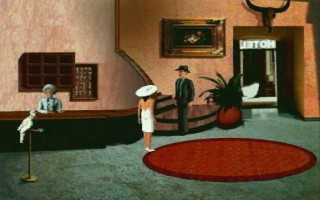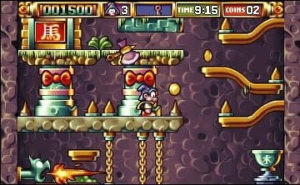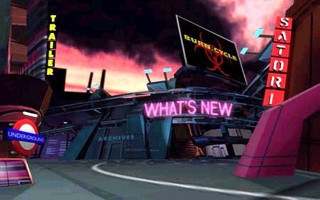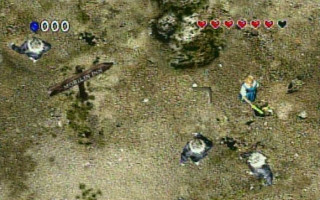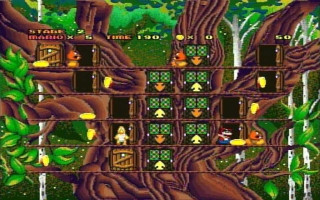What is the
The CD-i or Compact Disc Interactive, created by Philips, is not a gaming console as many people may think.
It is the very 1st multimedia CD player in the world. Using this machine, you are able to watch movies, concerts and music videos from a Video-CD (using the Digital Video Cartridge extension – DVC), watch your favourite photos on a Photo-CD, listen your best album from an Audio-CD, play and learn using a large list of CD-i titles including Games, Educational games and Multimedia titles. You are also able to sing karaoke songs mostly through CD+Graphics. CD-BGM, CD-i Ready, CD-Text, CD-Midi and CD-i Bridge are some of the other formats supported by the system.
The CD caddy used with some players can hold a 8cm and 12cm size disc.
This technology brings a new dimension never seen before with the interactivity between the user and the player, using a simple TV screen, and also able to be connected to a Hi-Fi sound surround system with audio CD quality! The player is the very 1st to get an Internet connection (Web-i & CD-Online) with a modem and play a multiplayer game (RAM Raid)! The format has been developed between Philips, Sony and Matsushita back in 1987, and is specified in the Green Book (“Red book” for the audio CD and “Yellow book” for the CD ROM) which contains all the specifications of a CD-i player and protocols.
The CD-i started to be commercialized near the end of 1991 in the USA and early of 1992 in Europe for around $1000 (very expensive for that time).
Any brand could manufacture, a license was needed, and had to respect the minimal specifications.
Basic CD-i specifications (depending on different models):
Motorola 68070
Clock speed of 15.5Mhz
NV RAM of 8kb or 32kb
1Mb of RAM
DVC extension MPEG-1 offering 1Mb extra RAM
CD drive speed 1x
Graphics Chip SCC66470 or MCD 212
Resolution 384×280 to 768×560
Custom or MCD 221 Sound chip
16 bit stereo sound
Operating system CD-RTOS (Microware OS-9)
The CD-i 210, one of the best-sellers.
The CD-i 450, created to make a console look and compete against 3DO and Sega CD32.
The original Philips idea was to place the whole family in front of the television and interact between them and the CD-i player.
As said above, this is not a console. Children can play educational games, teenagers escape to games, and adults have the possibility to use multimedia titles like dictionaries, visit museums, learn guitar playing, photography, new languages or watch a movie with the family. In theory a very good idea, but the high price of the players (hardware) and titles (software) spooked consumers too much. The early games weren’t that good and we needed to wait until 1994 to see good games with great graphics after Philips noticed what people really wanted. But the configuration of the machine was never designed to play games like other consoles, some high limitations had to be overcome by game developers.
Before the CD-i launch, the deal between Philips and some Japanese game producers was cancelled and Philips quickly had to find new developers, some of them without any real experience in gaming production.
The following pictures are taken from the CD-i 210/40. This is the main screen of the system.
- 2nd Shell version
The following pictures are taken from the CD-i 205/00. This is the main screen of the system.
- 1st Shell version
With that, CD-i never had the chance to get competitive games against other consoles, but we can name a few awesomes. Most of them use the Digital Video Cartridge (DVC). Using the DVC an extra 1Mb memory RAM was used by the CD-i.
Some examples of good games:
The 7th Guest, famous game converted to the system.
Mad Dog McCree™, used to be also on many video arcade stores. A full-motion interactive movie.
(The CD-i catalogue contain more games like this)
Litil Divil™, a side-view adventure game.
Solar Crusade, one of the last realized games.
Brain Dead 13, a full-motion animation game.
Secret Mission, a great adventure game.
The Lost Ride, any amazing graphics journey.
Lucky Luke, amazing platform game.
The Apprentice, another great platform game.
Tetris® also is present on CD-i.
Burn Cycle, an adventure game with video and synthesis mixture.
International Tennis Open, for many years the best tennis game ever.
The CD-i was born after a partnership between Philips, Sony and Matsushita to create a new format for the CD back in 1986, able to include music, text, images and video.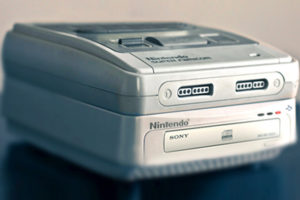
Link™ – The Faces of Evil, a platform adventure game.
Zelda™ – The Wand of Gamelon, also a platform adventure game.
Zelda’s™ Adventure, comes back to the original source, the upper view.
Hotel Mario™, platform game.
These Nintendo licensed games have always been criticized by many people. We may agree or disagree about this, each person has his own opinion just like with any other game on any other system. They are just different points of view.
Other games from the series where made but never passed the prototype stage, like Super Mario Wacky Worlds and Mario Goes to America.
The CD-i contain other very good games, but if we compare these to the total game list we can see that Philips was not a specialist in gaming development. The company decided back in 1994 to invest more in Video-CD and acquired a very large body of licensed titles including movies and music. Using the DVC as an extension, placed in the back of the player (for the 450 CD-i player it was in the upper left side), the system was able to read MPEG-1 (Moving Picture Experts Group) format.

This cartridge is no more and no less than a MPEG-1 audio and video decoder card.
If you try to play a CD-i that require a cartridge, without one installed, a message will appear on your TV screen advising to insert it, and nothing else will work.
The CD-i accessories are large, so let us tell you the most important material: wireless remote controllers for titles who only need simple controls, gamepads for the game players, a gun for the shooters, a roller controller for the children and a mouse for more accurate pointing precision.
Philips made many CD-i player models, series 100 was the early modular one for professionals, series 200 was the most common consumer players, series 300 was the portable players also for professionals, series 400 had a gaming console look and low-cost material, series 600 was for professional developers. Series 900 only had one player and was for the North American market.
The CD-i was more popular in Europe, possibly due to the Philips headquarter being in The Netherlands.
In 1996 the system got an Internet connection and a multiplayer online game called RAM Raid.
Philips officially abandoned the CD-i in 1999 but players were already discontinued back in 1996 with around 1 000 000 units sold (Philips source).
A new generation was under development but never saw the light of the day due to the millions of dollars spent on the recent abandoned system.
The system was too far ahead of his time. People weren’t ready for the technology and the high price didn’t help, but without the CD-i, the Sony PlayStation would never have seen the light of day.











